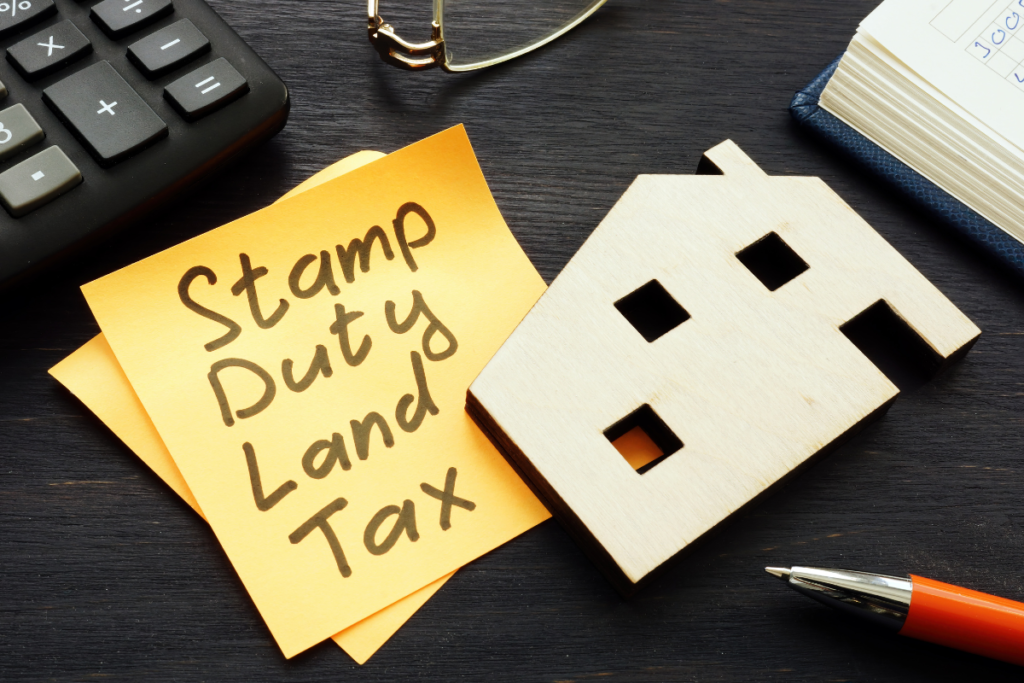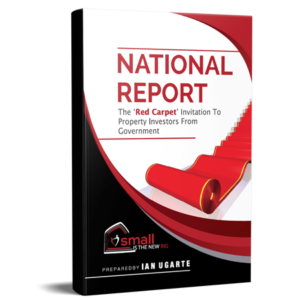Everyone realises what a dire situation we’re in with housing stress. We’re still a million front doors short when it comes to affordable housing. Lots of well-meaning people are coming up with solutions. But I’m not sure they’re going to work.
National Housing Accord
With its National Housing Accord, the Government aims to bring all levels of government together with investors and construction sector experts to meet their target of one million new, well-located homes to be delivered over five years from mid-2024.
As part of that, the Government will provide $350 million over five years, with ongoing availability payments over the longer term, to deliver an additional 10,000 affordable dwellings – on top of the 30,000 to be funded through the Housing Australia Future Fund. States and territories will also support up to an additional 10,000 affordable homes.
It’s a very aspirational target and we commend the Government for its commitment to providing housing. But even if the Government hits that goal, we’re still in a net loss for housing. Why? Because there’s more happening behind the scenes.

What I learned recently is that government housing is so badly maintained, they’re in budget deficit every year. So they’re selling off billions of dollars’ worth of social housing to pay for the net loss of managing the current properties. They might be producing 10,000 to 30,000 homes per year, but they’re actually losing more than 10,000 homes per year. They’re not even keeping up.
Another disturbing statistic I heard recently: in the last six years, the only people who have been put into social housing, are people on the priority list. Which means only people who are severely disabled, or over the age of 80 have been housed. The average wait for social housing is five to 10 years, and they don’t even look beyond 10 years because they don’t have the metrics.
There has to be a better way.

Downsizing incentive
The Government is extending the exemption of home sale proceeds from pension asset testing by 12 months, and is expanding access to make downsizer contributions to superannuation for people aged 55 to 59. This is designed to encourage older Australians to downsize their homes, freeing up housing stock for younger families.
If you’re an older person, and you sell your principal place of residence and end up with too much cash, you can’t claim the pension. So the Government’s idea is to give an exemption in that pension phase of selling down.
Instead, why doesn’t the Government incentivise older people to convert their properties into co-living cash flow investments, by giving them access to the pension AND by not taxing the income they derive from their co-living property. That would create more housing for the marketplace and benefit the Government which doesn’t have to fund it. Older people can potentially stay in their property while they rent out parts of it and earn an income. And it could help with the social isolation many older people feel in their homes – they can still feel connected to the community they’ve lived in for years.
This makes sense to me.

Stamp duty reform
In this realestate.com.au article, there’s a suggestion I’ve heard before, which is: we should reform stamp duty for empty nesters, many of whom stay living in their too-big houses because of the costs associated with downsizing, the biggest being stamp duty. By reforming stamp duty, we’d in theory make downsizing more attractive, help younger families by freeing up some of these bigger homes, and improve housing affordability.
I have a very strong belief that the removal of taxes in one place will increase revenue-raising somewhere else – robbing Peter to pay Paul. A government works on budget and when one group of citizens gets a tax cut, that group inevitably ends up with less money in their bank account.
I’ll use New Zealand as an example. When Jacinda Ardern became Prime Minister, she gave tax breaks to low-income earners, and then moved the taxes to cigarettes, alcohol and petrol. Three things that many of these people spend money on. That’s how they end up with less money in their bank account.
For me, incentivising people by reducing stamp duty will result in one thing – and they’ve already admitted as much – a property tax. So instead of paying a one-off stamp duty of roughly 3.5% per purchase, everyone will be hit with an annual property tax like they do in some states of the US, just because you own a property. And that’s on top of your existing land tax.
Getting rid of stamp duty to create a property tax will mean that when empty nesters do downsize into a unit, they’ll get hit every year for the equivalent of the stamp duty they saved anyway.

Let’s be realistic
I believe that even with the $10 billion fund that’s just been set up, and the $350m a year the Government has promised for social housing, they’re only going to produce at the most, 1,000 homes a year. And as I said above, we’re a million front doors short.
Private investors are key here. As I pointed out in a Ticker HOME from 2020, 71.5% of investors in Australia own one investment property, and 18% own two investment properties, according to ATO statistics. 500,000 Australians own two or more investment properties.
If only half of those investors – 250,000 of them, took one of their houses and converted it into five, self-contained micro-apartments, each with its own private bathroom, bedroom, and kitchenette, that would equal one million brand-new front doors. Not only that, the homeowners would get a cash flow positive investment, the people living in them would save money on rent, and the Government could actually dedicate those billions of dollars to accommodating the lower end of the market.
But there’s more! Many of the singles and couples who move into those micro-apartments are moving out of family homes which are now empty. So we’ve freed up potentially hundreds of thousands more rental properties for families to move into, taking pressure off the rental market.
If we did put that policy in place, and the uptake wasn’t as fast as we needed it to be, all the Government would have to do – rather than spending billions of dollars in cash – is give the investors the incentive of a land tax release for a number of years. That equates to about $25,000 per house, which is far, far cheaper than the $500,000 to $700,000 it costs for the Government to produce a house.

We can’t do what we’ve always done and expect a different result
Everyone’s response to the housing problem tends to be: get the Government to build more or get community housing providers to build more. But those processes are not efficient. And people forget that community housing providers are funded every year by the Government anyway.
I’m not suggesting that what we’re doing at INVIDA is going to fix Australia’s housing problem. But INVIDA proposes a private investment strategy that actually gets results. And we can quantify those results. And if it means that we have to spend a year doing pilot and demonstration projects with risk-averse politicians and bureaucrats around the country to prove it works – despite the fact that it’s already working in parts of Australia – let’s do it.
And let’s collaborate with community housing providers and show that the private industry can actually affect the market in a really positive way. The mum and dad investors who accidentally created a property commodity boom, can actually fix the same problem by providing more housing, and property stops being a commodity.
JOIN MY UPCOMING WEBINAR to learn more about how INVIDA co-living cash flow positive properties can get you to your financial goals sooner! Register HERE.






